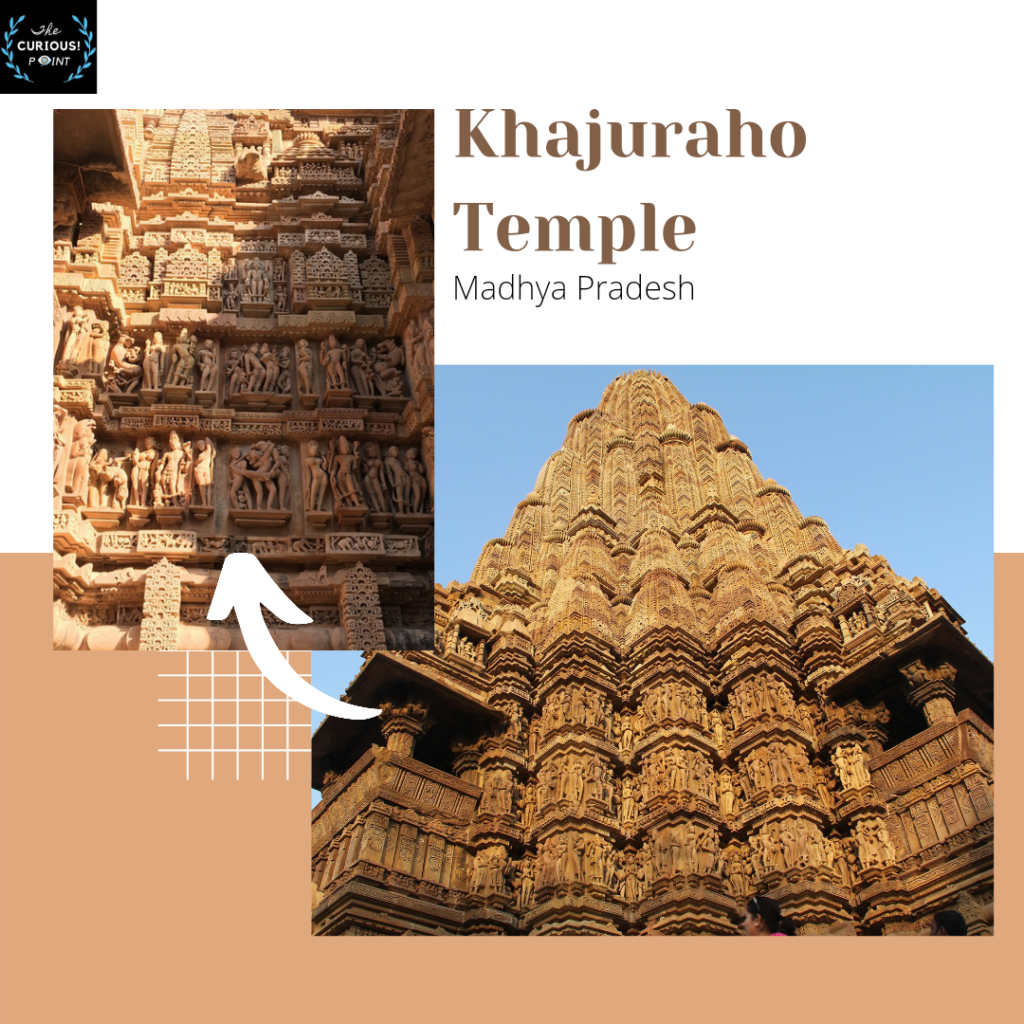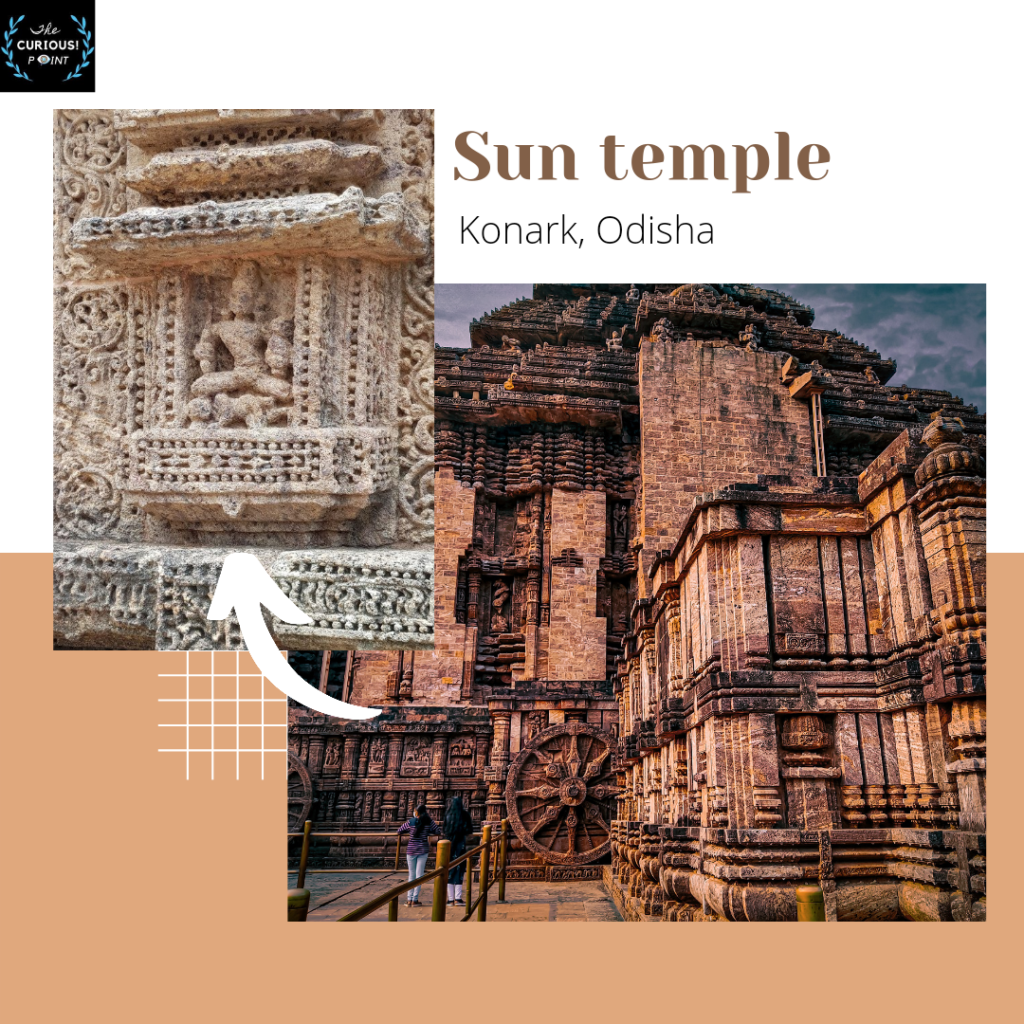Have you ever wondered what the meaning of the term Kamasutra is? We understand that you must have taken it in with great sensitivity. Although it is a strong term, let us consider it from a different perspective. Continue reading to learn more about the true meaning of the kama sutra…
What exactly is Kama Sutra?
The Kama Sutra is not a pornographic work in the traditional sense. At its heart is a portrayal of civilization and cultural citizenry’s art of living, which is there in the realms of love, sensuality, joys of life, and other aspects of existence. Alain Danielou’s: The Complete Kama Sutra is a good example. To be skilled, understanding, polished, attractive, and intellectual brain, the 64 Arts must be practiced to achieve this goal. It also reflects the development of the masculine and his knowledge of the feminine nature in the old erotic literature.
History
Kama sutra is a Sanskrit word . “Kama” means desire, pleasure, love, and sutra mean text. It is the name of the God of erotic love. According to an article, the Rig Veda song Naradiya Sukta talks to the Kama as the seed or substance of “Mind-Manaso Retah.”
The Atharva Veda states that the Kama Sutra, or love, passion, lust, and desire, was born first Ayurveda bases healthy life on Kama, dharma, artha, and moksha.
The tale behind Kamasutra
In the Kama Sutra, Maharshi Vatsyayana often refers to Shakuntala’s tale, “Anurag Katha.” In essence, Vatsyayana refers that sexual stories are to arise the desires.



Maharshi Vatsyayana and his period are unknown. In Panchtantra, he is referred to as “Vaidyakashastrajna,” a physician. Tradition has it that Kama Shastra is a kind of medicine.
Together Kama sutra means “teachings on desire.” It is a teaching which is present in Rig Veda. The Hindu culture has the tradition of Purushasthras: “four main goals of life.” It beholds that every human being is on earth with four primary goals necessary for a fulfilling and happy life.
Gavin flood has explained the Kama as “love without violating dharma” ( moral responsibility), artha (material prosperity), and moksha( spiritual liberation).
Kamasutra and Indian Temples
Many ancient temples of India have sculptures of the Kama sutra on their walls. Considering it as a holistic act, there are various sculptures, and many forms of arts carved on the walls of many temples in India. Many temples also have intimate shows. Let us look at some of them in brief:
- The temples of Khajuraho, Madhya Pradesh



It has been designated as one of India’s seven wonders and as a UNESCO World Heritage Site. It is a collection of about 20 monuments originally part of a larger complex of over 85 structures. So what is it that is attracting so many people to this rocky plateau, which has nothing but emptiness?
People love the fact that Indian civilization was so modern even back then, in the 9th century, as shown by the sculptors in their works of art. It demonstrates that the culture was open to discussing sexuality and that sex was also one of the means of attaining divinity.
2. Konark sun temple, Odisha



The 13th century Konark Sun Temple, constructed by King Narasimhadeva I of the Eastern Ganga dynasty, depicts so many distinct kinds of erotica. This temple has it all: sex during pregnancy, homosexuality (both sexes), and even bestiality. The temple is full of couples in various postures of coitus. The flexibility of the muscles of both the man and his wife during union shows that knowledge of human anatomy and its potential was not unknown in the 13th century.
3. Jain Temples of Rajasthan



The Jain temple devoted to the Jain deity Rishabhdev is a stunning three-story marble structure and one of the most significant Jain pilgrimages. The temple’s beauty lies in its 1444 marble pillars. The sensual statues of dancing nymphs adorn the walls of the central and smaller temples. Osian’s Jain temples contain sculptures portraying Lord Mahavira and Jain priests. Among the carvings are sexual themes and snake sculptures. This indicates that sex was not condemned but seen as a worldly pleasure.
Theory of Indian culture towards Erotic sculptures
There are many theories of Indian culture towards these temples; some of them are represented below.
- Performing the duties and responsibilities
It depicts that humans had to leave their desires outside the temple before entering the holy place. That’s what the purity of temples is. Humans should not be carried away with pleasures. They should perform their duties and responsibilities. Duties should always be the priority. There should always be a boundary between duties and desires. Desires are an essential part of life but not more than duty. The four main goals of life should always go hand in hand. Not a single plan should overcome another. That’s the rule of life.
This is the theory that is being depicted through the sculptures of our temple. Every time a person enters a temple, he/she should remember his duties and desires.
2. Sex education
Another ancient theory is there for the sculptures. It depicts that in the ancient world, sex education was a taboo. And the only source of education for people at that time was temples. So the sculptures were carved on the temples as a form of sex education. It powerfully depicted that sexual activity is necessary for humankind for the formation of generations on this earth.
This was done to eradicate taboo towards sex. But unfortunately, in this 21st century, those form education is turning out to be the source of mockery. People are viewing those sculptures in the wrong way.
3. To educate homosexuality
Another theory depicts that those sculptures were also there to educate about homosexuality: which is still a taboo in some parts of this 21st century, and the importance of love. It preached that love is love. It has no boundaries. We cannot divide love into compartments of gender, caste, and religion. These sculptures also teach us how to control our minds.
There are many theories and ideologies regarding these erotic sculptures and Kamasutra concepts in our ancient temples. But what matters is the education they provide, the values: “the human values and the truth of life.” The beauty of the temples is the purpose of life.
People’s perspective
Nowadays, the Kama Sutra and the sculptures have turned out to be opposing viewpoints. People are considering it as only a sexual thing and mocking those ancient sculptures of our temples. Henceforth, they are thinking that temples are preaching negative things. The Kama sutra is transforming into a whole new version throughout this period. Because of this, Indian sculptures have been transformed into negative symbols in the West.
They do have negative feelings about such artworks. The sexual aspect of such artworks is all that is visible to the public. They also make fun of women’s bodily parts, which is offensive. Some individuals have even gone so far as to body shame women.



It is very disheartening and sad that this generation can believe that our old temples, which are well-known around the globe, could teach such things. However, history is evidence of how people used to respect women, but it also shows how people now mistreat women.
Moreover, in the twenty-first century, individuals exploit sacred sites to degrade women rather than acknowledge the truth. Having insufficient information is indeed hazardous. We must first determine the facts of the situation before drawing any judgments.
Takeaways
People should know the actual meaning of Kama sutra sculptures in Indian temples rather than just taking it as an epitome of fun. The sculptures in the temple depict the theory and teachings of ancient India. It teaches us the real meaning of life that is there in the Vedas. Humans should know about predicting the intention. And in the end, humans should never forget the primary purpose of life.
We hope that you have absorbed the meaning of Kamasutra. Moreover, we appreciate you staying by till the end. For more such excellent posts, keep following Curious point.
